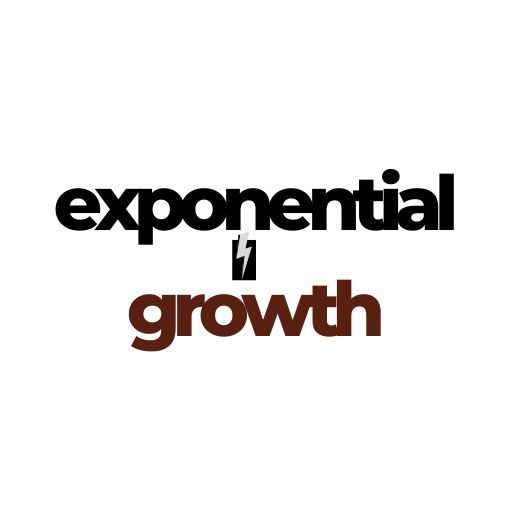- Quant funds: What they are and their scope in India?
- Investment in 2025: ‘Dedicate 80% of portfolio to…’: Edelweiss Mutual Funds’ Radhika Gupta shares tips on MF allocation
- CC Global Balanced Income Fund doubles net asset value
- Partner Insight: The global 60/40 portfolio
- New year’s resolutions from HL’s experts
Target-date funds have become the go-to retirement savings vehicle for most Americans. After being named a qualified default investment alternative by the passage of the Pension Protection Act in 2006, the investment vehicles have only grown in popularity, hitting a record high of $3.47 trillion in 2023.
Bạn đang xem: How TDFs Are Evolving | PLANADVISER
TDFs gained their status as the de facto investment vehicle for good reason: Their simple “set it and forget it” approach adjusts participants’ risk portfolios over time based on a targeted retirement date. But recently, they’ve been getting a makeover.
For more stories like this, sign up for the PLANADVISERdash daily newsletter.
More and more fund providers are launching personalized takes on the TDF, hoping to satisfy participants’ growing desire for products that meet their specific retirement needs.
“Personalization has become more needed in the marketplace and delivered much more efficiently given how technology has progressed over the years,” says Brett Fisher, head of investment product strategy at Principal Financial Group.
The Personalized Approach
While TDFs have been lauded for simplicity, it’s also their greatest knock: They offer people of the same age the same asset allocation without taking into account the differences in participants’ financial situations and goals.
Xem thêm : ETF Stream’s portfolio more than doubles benchmark return in 2024
“Two people with the same age can have very different circumstances in terms of how much they’re ready for your retirement, how much they’ve saved, how much they contribute to the plan and how long until they plan to retire,” says Rene Martel, head of retirement at PIMCO.
One solution the marketplace came up with is managed accounts, which continue to gain traction. But that solution also tends to come at a higher cost than TDFs and work best with participant engagement.
There’s a lot of “white space” for customization between the traditional TDF and a managed account, Martel says. PIMCO is trying to fill that space by offering personalization without the high costs or need for participant engagement via its personalized TDF, which uses data from recordkeepers— such as participants’ balances, contributions and employer matches—to create a glide path specific to each participant instead of one based on national averages.
“It might not get you as much customization as managed accounts because there is more information you can provide if you engage… but maybe you get 80% of the way there in terms of the benefit of personalization,” Martel says.
Evolving Personalization
Principal has been offering TDFs since 2001. But as demands have changed, so have its offerings. Fisher says that when you think of personalization in the TDF space, you tend to think of a custom TDF for a very large plan—and while Principal does offer that, it’s also focused on giving participants their own customized glide paths.
In the first quarter of 2025, the provider will launch Principal Personalized Target Date, which will use Principal’s existing relationship with Morningstar as an advice engine provider. The advice engine will be applied to Principal’s proprietary target-dates and its co-manufactured offerings so a plan sponsor will adopt that Principal target-fund fund as their plan’s QDIA. Through that investment, a participant will have multiple data points fed through the advice engine—including any nonqualified balances or a defined benefit balance—to get a recommendation on how they should allocate between the different target-date vintages in that series.
Capital Group, meanwhile, has a personalized target-date solution called Target Date Plus, which is also powered by Morningstar to create glide paths based on five data points from the recordkeeper: age, account balance, income, employer contribution and employee contribution. In September, T. Rowe Price introduced Personalized Retirement Manager, a customized investment allocation built on its TDF asset allocation methodology with Morningstar. Vanguard also continues to consider further customizations to its TDF series, most recently with an additional opt-in landing point for its glide path that contains a slightly higher equity allocation.
“That was really a recognition that investors in a plan usually have a pretty wide range of different needs and circumstances,” Brian Miller, a senior investment specialist and head of TDF product management at Vanguard, told Planadviser in September. “We wanted to have plan participants—and plans in general—have the ability to have two different landing points, depending on those individual needs.”
Looking Forward
Xem thêm : Bybit Introduces Private Wealth Management Service for High-Net-Worth Clients
Will personalization replace the single-glide path solution? Craig Duglin, senior vice president of product management at Capital Group, doesn’t think so. But he believes there will be adoption of more personalized solutions.
“There’s a real efficiency to how we and a couple others have developed the target-date solutions and it’s just a really good default,” Duglin says. “Maybe personalization will remain as an opt-in.”
As technology evolves, so will the customization of TDFs.
“Right now, the personalization engine is going to pull what’s available on the recordkeeper’s database and there’s a set of five or six factors that are pretty common,” Martel says. “But over time, with technology becoming better, we’re hoping there is going to be more that becomes available.”
The ability to customize will open the door for other changes to TDFs in the future, Martel adds, such as more TDFs incorporating annuities into their design. We will also continue to see the evolution of partnerships between recordkeepers that store the data and providers.
“Ten years ago we probably wouldn’t have been able to facilitate the use of that data into a more personalized solution,” Martel says. “Now effectively we’re moving [from] a world where there was one glide path for everybody to a world where there might be thousands of glide paths into a single plan.”
Nguồn: https://exponentialgrowth.space
Danh mục: News

